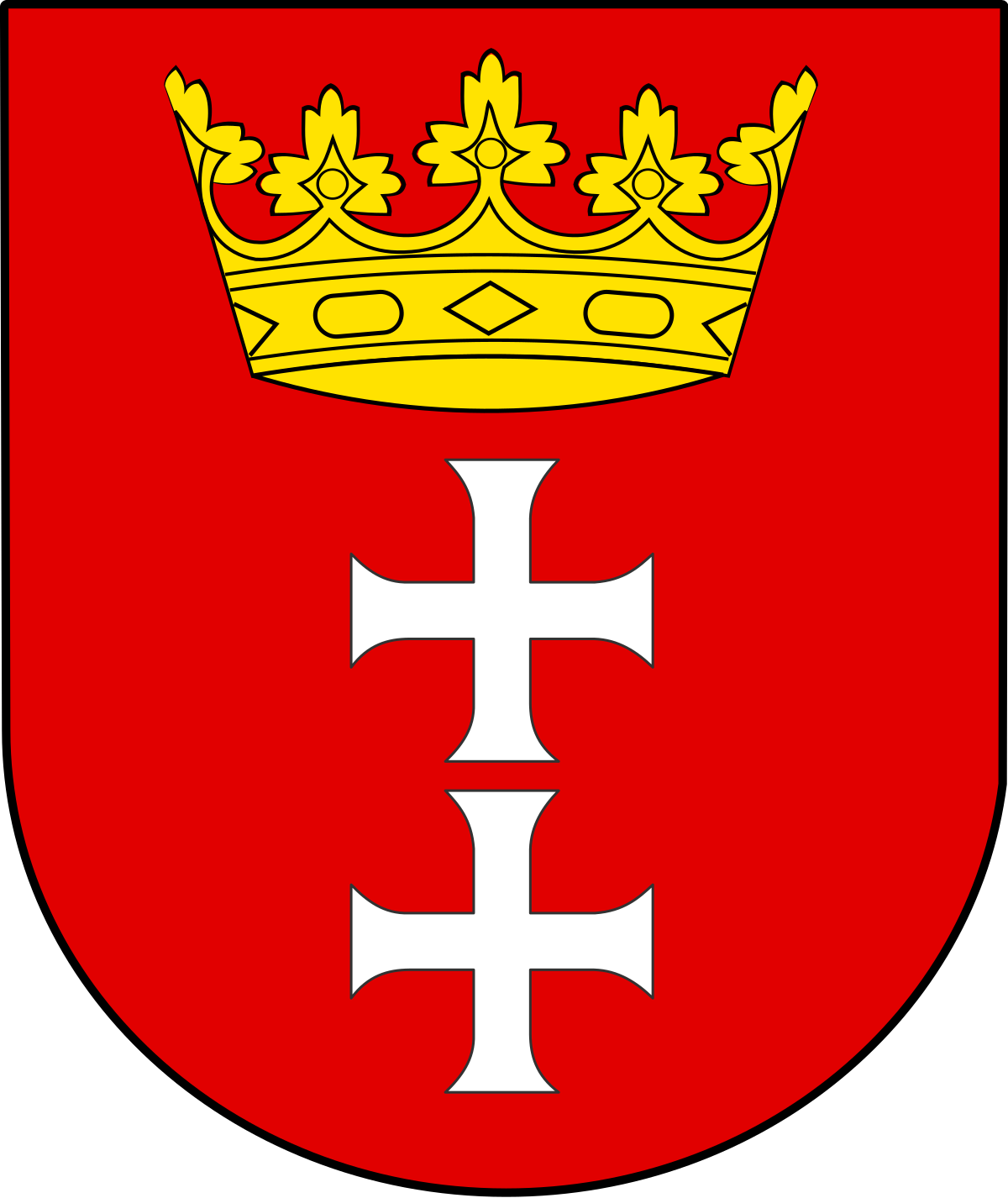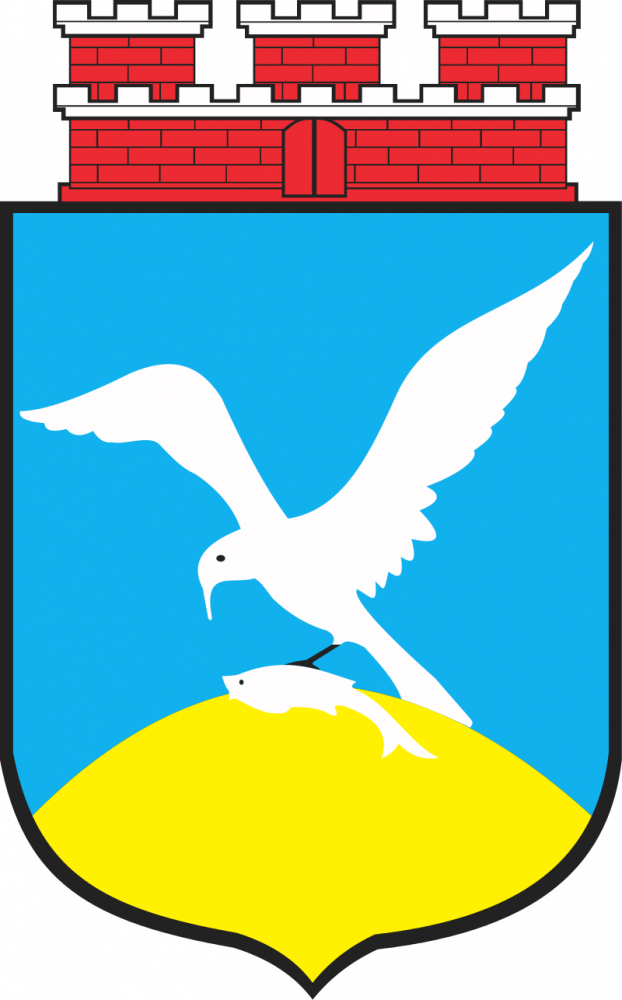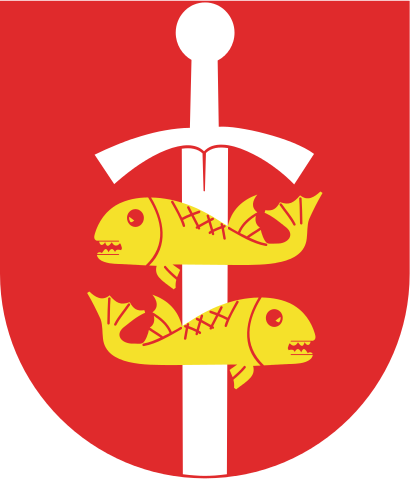Location and Surroundings
Location
GDAŃSK, SOPOT & GDYNIA
The Tricity
Gdańsk, Sopot and Gdynia comprise a metropolitan community commonly referred to as the Tricity. It is a vast agglomeration stretching over 50 km along the southern shore of the Baltic Sea. The agglomeration is inhabited by more than 1 million people.
Gdansk - a sea of possibilities
 As early as in the Middle Ages, its location in the estuary of the Vistula River made Gdańsk one of the most important members of the Hanseatic League, which resulted in it being an extremely rich city for those times. History has never spared Gdańsk, but after every natural disaster, war or fire, the city has always rebuilt itself rising like a phoenix from the ashes. It was in Gdańsk that World War II began. It was in Gdańsk that the first brick was pulled from the Berlin Wall, and Solidarność (Solidarity) marked the beginning of the collapse of communist regimes throughout Central Europe. Abounding with so many events, time has shaped the character of the citizens of Gdańsk over the centuries. Despite the turmoil and migration, today, the city remains home to people who value freedom, openness and the ability to express their own opinions. They have the courage to say “no” out loud even in the face of the most adverse circumstances.
As early as in the Middle Ages, its location in the estuary of the Vistula River made Gdańsk one of the most important members of the Hanseatic League, which resulted in it being an extremely rich city for those times. History has never spared Gdańsk, but after every natural disaster, war or fire, the city has always rebuilt itself rising like a phoenix from the ashes. It was in Gdańsk that World War II began. It was in Gdańsk that the first brick was pulled from the Berlin Wall, and Solidarność (Solidarity) marked the beginning of the collapse of communist regimes throughout Central Europe. Abounding with so many events, time has shaped the character of the citizens of Gdańsk over the centuries. Despite the turmoil and migration, today, the city remains home to people who value freedom, openness and the ability to express their own opinions. They have the courage to say “no” out loud even in the face of the most adverse circumstances.
With its thousand years of history and picturesque seaside location, Gdańsk is considered to be one of the most beautiful cities in Poland and Europe. Located in the north of Poland on the Baltic Sea coast on the Motława and Vistula river estuaries and the Bay of Gdańsk, it is a lively cultural, scientific, and economic centre with a large commercial port – an important point of the maritime industry. It is popular with tourists, both from Poland and abroad, who are curious about the city’s history and flock to it to explore its monuments and revel in its seaside offerings. Gdańsk is a city of freedom where the ideas of Polish companionship and solidarity were born.
Gdańsk is a Polish maritime capital with a population approaching half a million. Gdańsk is the capital of the Pomeranian province and an important administration centre. It was in the Gdańsk Shipyard that the first Independent Trade Union Solidarność was born, which subsequently triggered the avalanche that toppled communism in Europe.
The thousand-year history of Gdańsk can be seen in numerous monuments especially in the old town. Gdansk cultivates its centuries-long tradition everywhere, and its nickname of the Amber Capital of the World is well earned. Local masters have developed their own school of amber processing, and the quality of their works is unrivalled anywhere.
Contemporary Gdańsk is an open space for everyone that offers a wide range of tourist, cultural and sport attractions. Its location at the crossroads of important commercial and communication routes, the developing maritime port and mercantile traditions make Gdańsk a meeting place of many cultures, nationalities and religions.
With all the tourist attractions of Gdańsk, it is also the most important, fast-growing economic centre of the region. Modern office and technology centres are being built here on an unprecedented scale, and the world’s largest companies are locating their offices in Gdańsk.
The rapidly growing Lech Wałęsa Airport offers more and more direct flights to the most important European cities, and the road and rail networks provide safe, fast connections to the south of Poland and Western Europe.
Significantly, especially for tourists, Gdańsk already boasts 50 hotels, including guesthouses and hostels, that provide more than 19,000 beds!
Today, Gdańsk is a modern European metropolis with a knowledge-based economy that is a thriving centre of culture, science, entertainment and sport. It is an attractive tourist destination and the Amber Capital of the World.
Sopot - the summer capital of Poland
 Sopot is one of the most charming towns in Poland, and one of the most popular Polish seaside and health-spa resorts. Sopot has approximately 40,000 inhabitants and is located between Gdańsk to the southeast and Gdynia to the northwest.
Sopot is one of the most charming towns in Poland, and one of the most popular Polish seaside and health-spa resorts. Sopot has approximately 40,000 inhabitants and is located between Gdańsk to the southeast and Gdynia to the northwest.
Sopot’s biggest summer tourist attraction is the sandy beach that stretches for 4.5 km. One of the major attractions is also the longest wooden pier in Europe (515.5 metres) that reaches out into the Bay of Gdańsk. Sopot is also famous as the location of Poland’s most beautiful amphitheatre, the Forest Opera, and the pedestrian promenade named Bohaterów Monte Cassino (The Heroes of Monte Cassino), referred to locally as Monciak, that leads straight to the Sopot pier.
Besides the bustling Monciak, there are some charming peaceful areas where you can enjoy art nouveau villas, pleasant parks and forests cut through by gorgeous ravines. Over 60% of the city is covered with green areas. It is an excellent place for weekend leisure, family holidays and business meetings.
Gdynia - the city of sea and dreams
 Gdynia is a young, dynamic, rapidly growing city. It is referred to as the “city built of sea and dreams” since it was founded in the aftermath of Poland regaining independence after years of foreign occupation. A modern harbour city was built from nothing on the sands of a Baltic Sea beach.
Gdynia is a young, dynamic, rapidly growing city. It is referred to as the “city built of sea and dreams” since it was founded in the aftermath of Poland regaining independence after years of foreign occupation. A modern harbour city was built from nothing on the sands of a Baltic Sea beach.
Until the early twentieth century, it was a fishing village, and it received city rights less than a century ago, in 1926. Since then, it has been one of the most interesting examples of thoughtful urban planning, an example for businesspeople and lovers of modernity. This is Gdynia, the city of sea and dreams.
Gdynia is a rapidly developing harbour city with a young sea port. Gdynia is inhabited by almost a quarter of a million people. The entire downtown area of Gdynia was built in the spirit of the avant-garde stream in modernism, which is rare on a global scale. Gdynia can also boast about the sea, beaches, hills and forests being right on its doorstep. It is a safe city with reliable public transport and the availability of many services.
Gdynia is the second largest port in Poland, specialising primarily in transshipment. From here, passenger ferries sail to Scandinavia, and one hundred years ago, famous transatlantic vessels, including the now decommissioned passenger ship M.S. Batory, sailed from Gdynia to the United States.
In addition, the stories of travelling Gdynia citizens, sailors and its immigrant population inspired the creation of the unique Emigration Museum located in the former harbour master's office, just off the French Quay.
Gdynia is a city that puts a strong emphasis on culture. Younger generations of Europeans are certainly familiar with one of its largest music festivals – Open’er Festival. Stars such as the Red Hot Chili Peppers, Depeche Mode, Pearl Jam, Rihanna, Coldplay and Radiohead have performed here.
Gdynia also hosts the annual Gdynia Film Festival, the largest film festival in Poland and the only one that has been promoting Polish cinematography in Europe widely for decades.
REACH OUR CAMPUS
Transportation
You can get to the University of Gdańsk campus quickly by car, bus, tram and SKM train (Fast Urban Train), which is the most convenient way to travel around the Tricity. The Faculty of Law and Administration is located at the University Campus in Gdańsk-Oliwa.
How to reach us from the airport?
Lech Wałęsa Airport is located just 12 km from the University campus.It takes about 20 minutes to reach the University by car or taxi.
Taxi Ride
A taxi ride from the airport to the University Campus costs approximately 10 euros during the day or 20 euros at night.
SKM (Fast Urban Train)
To travel from the airport to the University Campus by suburban train, board the train at the “Gdańsk Airport” stop adjacent to the arrivals terminal and get off at the “Gdańsk Strzyża” stop. From there, walk to the Faculty (about 1 km).
OUR REGION
Pomerania
Gdańsk Pomerania (Eastern Pomerania) is a historical and geographical region in northern Poland covering the eastern part of the Pomeranian Voivodeship. It is one of the two main parts of Pomerania that are next to Western Pomerania.
Pomerania is an area spanning the lower Vistula River on the Baltic Sea, covering the area with a wide belt to the west of the lower Vistula River.
The traditional divisions of Gdańsk Pomerania are into Kashubia, Bory Tucholskie, Kociewie and Krajna.
There are very different types of landscapes in the region, including cliffs, lowland coasts with dunes, sandy spits, and the coast surrounding the Puck Bay. The region is generally flat, and there are numerous small rivers and many lakes.
The largest cities of Eastern Pomerania include Gdańsk, Gdynia, Sopot and Władysławowo. There are also many fashionable, well-known summer resorts such as Jastrzębia Góra, Jurata, Jastarnia, Hel, Karwia, Chłapowo, Rozewie, Dębki and Łeba. The Teutonic castles in Malbork and Gniew are but two of the many attractions of the region.
The project is financed by the Polish National Agency for Academic Exchange






